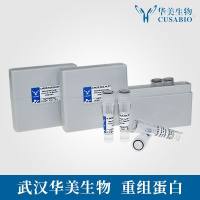Pharmacology, Biodistribution, and Efficacy of GPCR-Based Pepducins in Disease Models
互联网
互联网
相关产品推荐

Recombinant-Human-Putative-G-protein-coupled-receptor-GPCR39Putative G-protein coupled receptor GPCR39; hGPCR39
¥11200

DAR-4M,A rhodamine-based photo-stable nitric oxide (NO) fluorescent indicator with a detection limit of ~10 nM.,阿拉丁
¥8310.90

GPBAR1/GPBAR1蛋白Recombinant Human G-protein coupled bile acid receptor 1 (GPBAR1)重组蛋白G-protein coupled receptor GPCR19;hGPCR19;Membrane-type receptor for bile acids;M-BAR;hBG37;BG37蛋白
¥9720

Recombinant-Human-Putative-vomeronasal-receptor-like-protein-4VN1R17PPutative vomeronasal receptor-like protein 4 Alternative name(s): G-protein coupled receptor GPCR23; hGPCR23
¥10626

Recombinant-Human-Vomeronasal-type-1-receptor-5VN1R5Vomeronasal type-1 receptor 5 Alternative name(s): G-protein coupled receptor GPCR26; hGPCR26 V1r-like receptor 5
¥11956
相关问答

